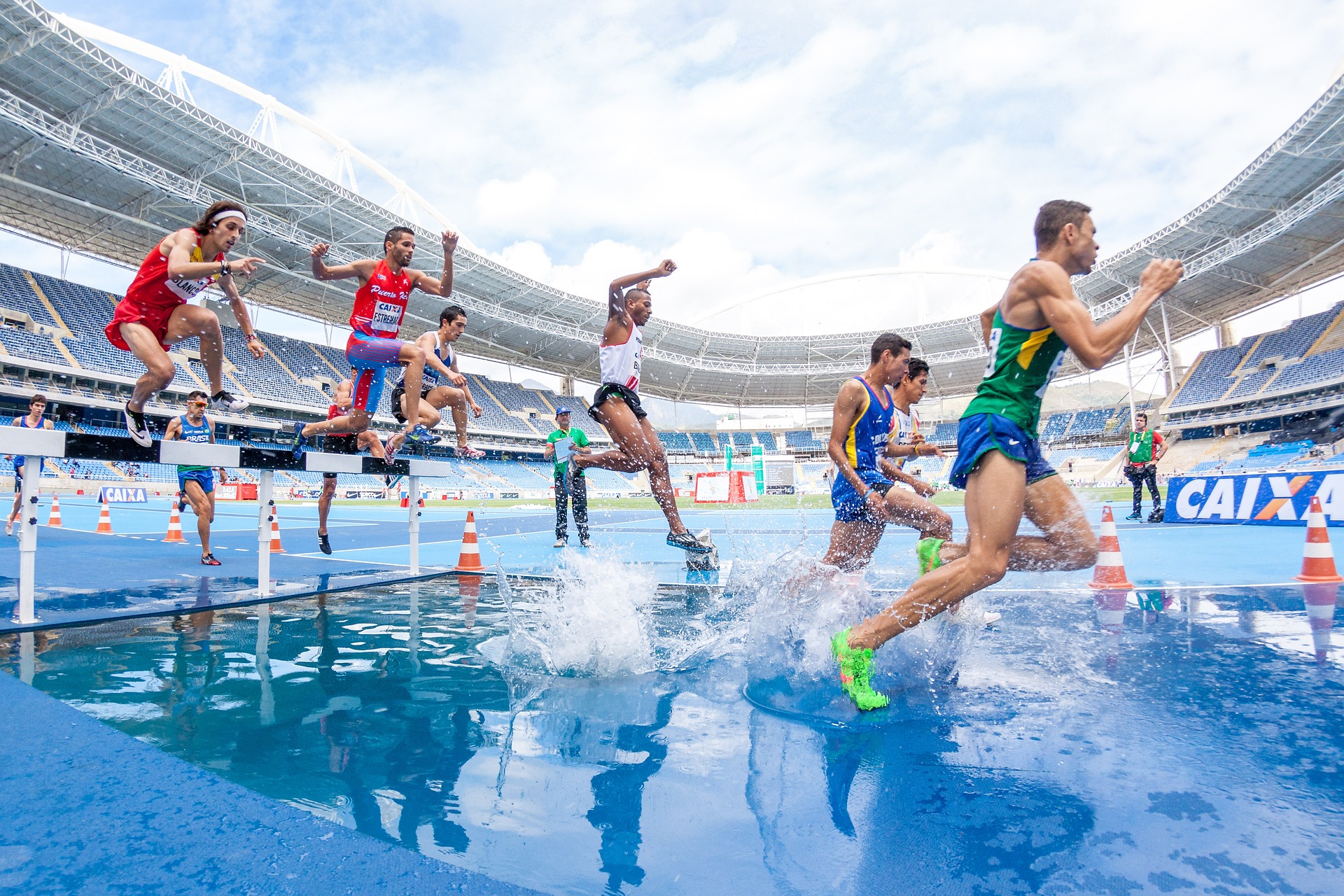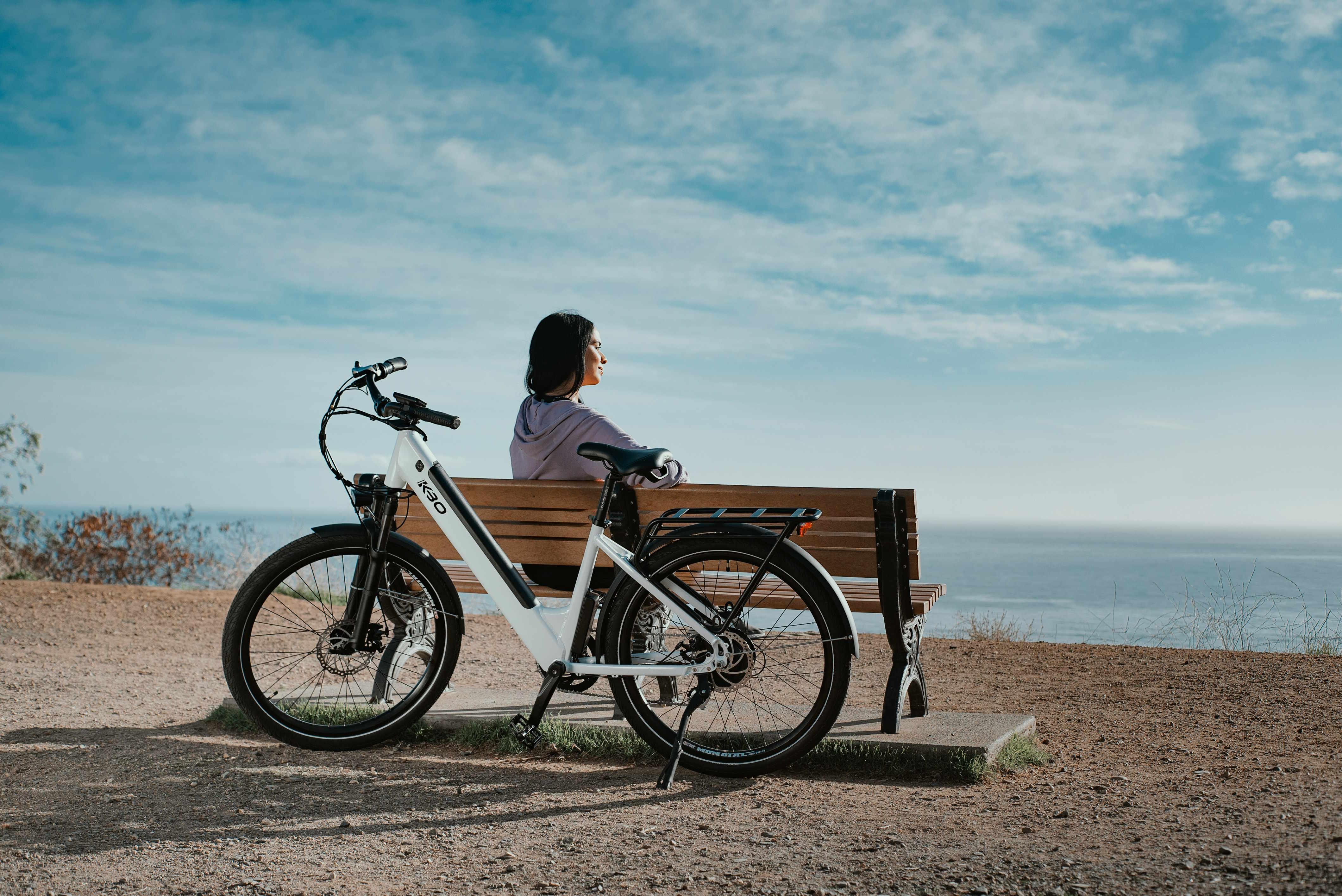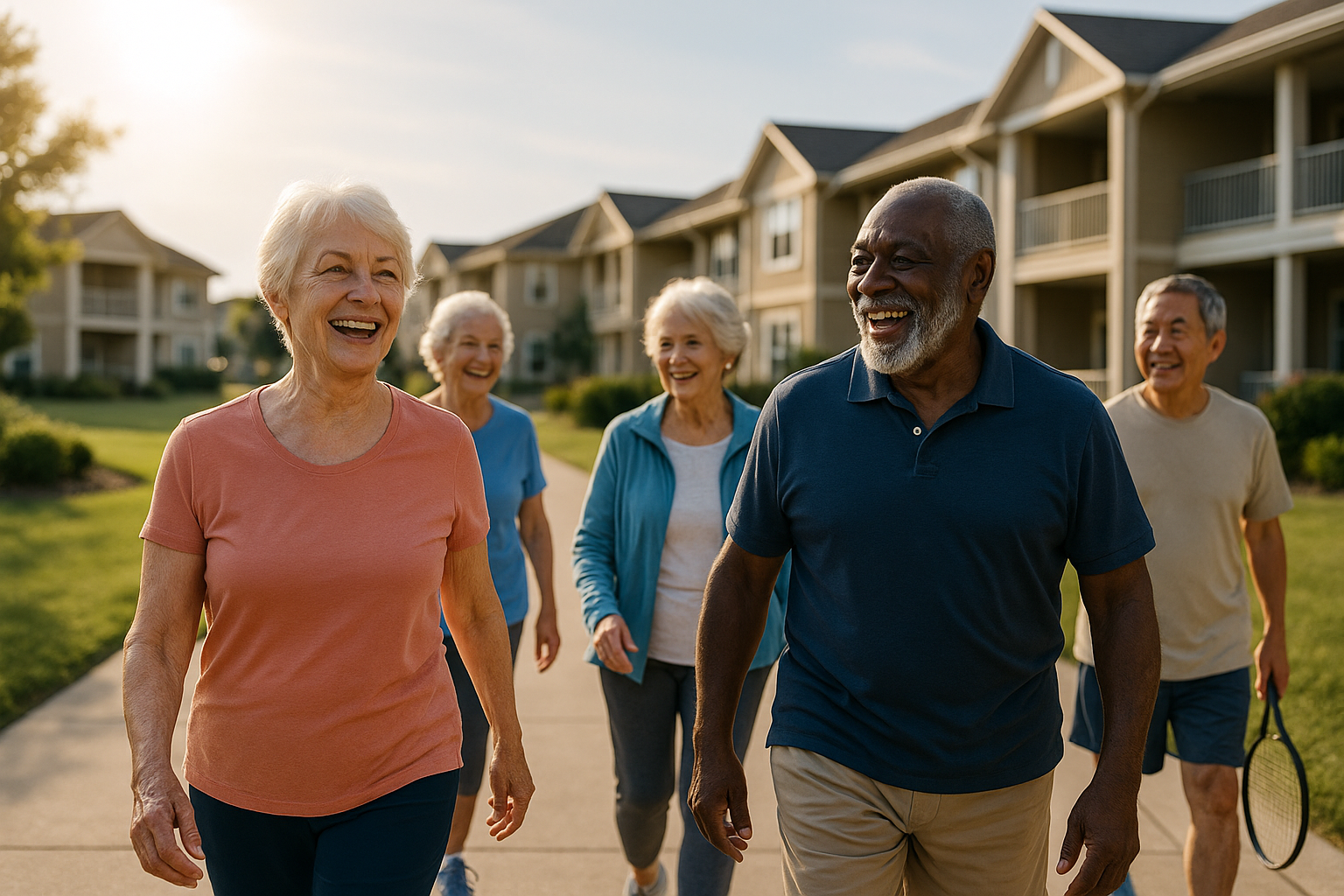Adaptive Sports: Empowering Athletes of All Abilities
Explore the world of adaptive sports and how they are transforming lives by making athletics accessible to everyone. Adaptive sports are revolutionizing the way people with disabilities engage in physical activities. These sports, designed to meet the needs of individuals with physical, sensory, or intellectual disabilities, provide opportunities for physical fitness, competition, and social interaction. Read below to learn about the impact of adaptive sports and how they are empowering athletes of all abilities.
What Are Adaptive Sports?
Adaptive sports are modified versions of traditional sports that cater to the unique needs of athletes with disabilities. These modifications can include changes to equipment, rules, or the playing environment to ensure accessibility and inclusivity. Examples of adaptive sports include wheelchair basketball, sitting volleyball, para-swimming, and adaptive skiing. The goal is to provide a level playing field where all athletes can compete and enjoy the benefits of sports.
Benefits of Adaptive Sports
Adaptive sports offer numerous physical, psychological, and social benefits. Physically, these activities help improve strength, coordination, and overall fitness, contributing to better health and well-being. Psychologically, participating in sports can boost self-esteem, confidence, and resilience, helping individuals overcome challenges and achieve personal goals. Socially, adaptive sports foster a sense of community and belonging, creating opportunities for friendships and support networks. These benefits extend beyond the playing field, enhancing the overall quality of life for athletes with disabilities.
Popular Adaptive Sports
Several adaptive sports have gained widespread popularity and recognition. Wheelchair basketball, one of the most well-known adaptive sports, is played by athletes using specially designed wheelchairs. Para-swimming features swimmers with various disabilities competing in different strokes and distances. Adaptive skiing allows individuals with mobility impairments to enjoy the slopes using sit-skis or outriggers. Sitting volleyball, played by athletes with lower limb disabilities, involves sitting on the floor and following modified volleyball rules. These sports not only provide thrilling competitive experiences but also demonstrate the incredible abilities and determination of the athletes.
Organizations and Competitions
Numerous organizations support and promote adaptive sports at local, national, and international levels. The Paralympic Games, organized by the International Paralympic Committee (IPC), is the premier event for athletes with disabilities, featuring a wide range of adaptive sports. In the United States, organizations like Disabled Sports USA and the National Wheelchair Basketball Association (NWBA) provide resources, training, and competitive opportunities for athletes. Additionally, the Special Olympics offers sports programs for individuals with intellectual disabilities, emphasizing participation and personal achievement. These organizations play a crucial role in developing adaptive sports and providing platforms for athletes to showcase their talents.
How to Get Involved
Getting involved in adaptive sports is easier than you might think. Many communities have local clubs and organizations dedicated to adaptive sports, offering programs for beginners and experienced athletes alike. Schools and universities often have adaptive sports teams and facilities, providing opportunities for students to participate. Volunteering is another great way to support adaptive sports, whether by assisting with events, coaching, or fundraising. For those interested in trying an adaptive sport, reaching out to national organizations or local clubs can provide information on available programs and how to get started.
Useful Tips and Facts
- Finding Programs:
- Check local community centers and sports clubs for adaptive sports programs.
- National organizations like Disabled Sports USA have directories of local chapters.
- Equipment:
- Adaptive sports often require specialized equipment, such as sports wheelchairs or sit-skis.
- Many organizations offer equipment loans or rental programs to help athletes get started.
- Training and Coaching:
- Certified coaches and trainers are available to help athletes develop their skills.
- Many adaptive sports organizations offer clinics and workshops.
In conclusion, adaptive sports are making a profound impact by providing inclusive and accessible opportunities for individuals with disabilities to engage in physical activities. These sports not only promote physical fitness and health but also empower athletes, fostering a sense of community and achievement. With the support of dedicated organizations and the growing popularity of adaptive sports, more individuals are discovering the joy and benefits of athletic participation. Whether you’re an athlete looking to compete or a supporter looking to get involved, adaptive sports offer a rewarding and inspiring way to connect with the sports community.





